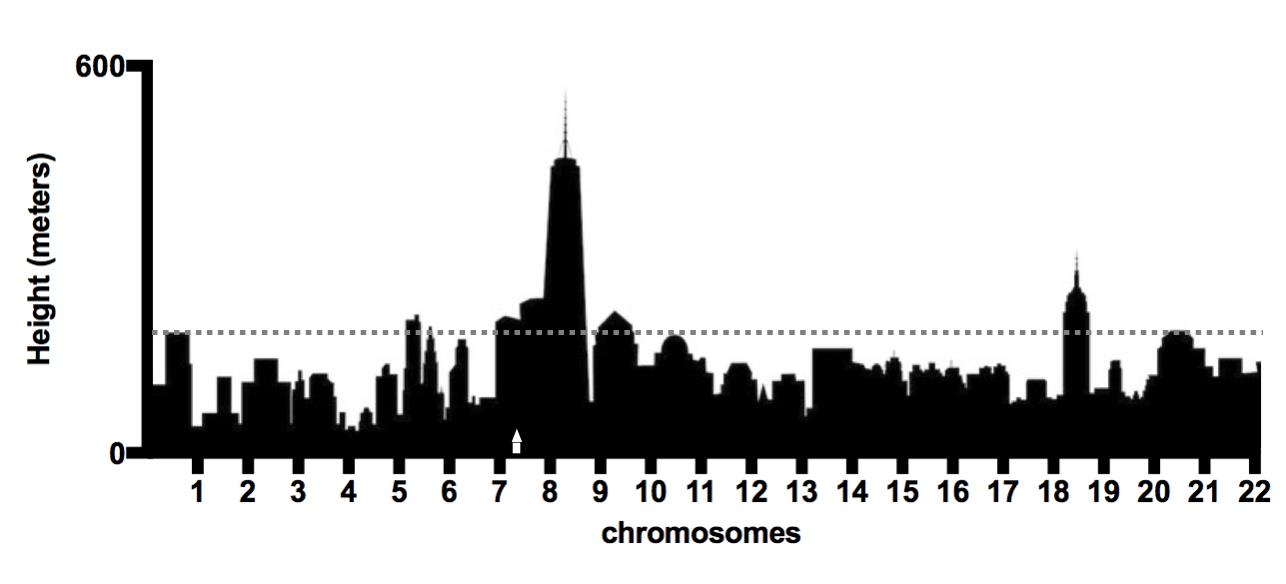ECCO Grant Study Synopsis: Patrick van Rheenen
Patrick van Rheenen, ECCO Grant Winner and Sjoukje Haisma, PhD candidate
Identification of rare genetic variants contributing to the development of childhood-onset IBD-PSC using parent-offspring trios
 Patrick van Rheenen Patrick van Rheenen © Patrick van Rheenen |
Primary Sclerosing Cholangitis (PSC) is a rare and severe disease leading to fibrotic destruction of the bile ducts. The majority of childhood-onset cases are associated with Inflammatory Bowel Disease, Ulcerative Colitis in particular.
Previous studies have shown that PSC in adults is a complex disease, which means that no single PSC-associated genetic variant directly causes the disease but rather that a combination of multiple susceptible genes are involved in the pathogenesis, in conjunction with environmental factors. Genome-wide association studies (GWAS) have identified many risk loci for IBD and PSC, but a large part of the heritability is still unexplained. The missing heritability may be accounted for by rare monogenic variants, in which just one genetic variant can directly cause a disease. These variants are so rare in allele frequency that their genetic signals are not detected with GWAS but rather are overshadowed in the genomic noise (see Figure 1).
Over 85% of the disease-causing mutations reside within gene coding regions. Therefore, whole-exome sequencing (WES), which focusses specifically on the coding regions by sequencing the entire set of exons in the genome (the exome), is a more suitable technique to study rare genetic variants. While children are less exposed to environmental factors than adults, we hypothesise that a fraction of rare monogenic disorders can be found among patients with early-onset PSC. In analogy with recently published family-based studies on monogenic forms of very early onset (VEO) IBD, we are using WES for PSC gene identification in 39 patients with VEO PSC. Whereas monogenic variants often arise de novo, rare autosomal recessive variants are transmitted from unaffected parents. To discover these variants and to study their exact inheritance pattern, we are using the parent-offspring trio design. Screening of the non-coding transcripts of the genome by RNA sequencing will form the second part of this ECCO-funded project.
 Figure 1. "Manhattan skyline" plot Figure 1. "Manhattan skyline" plot |
From a distance, you can appreciate only the buildings (genetic variants) over 200 metres in height (the grey dotted line). The tiny white house (rare genetic variant) does not get noticed as it is overshadowed by the concrete jungle of skyscrapers.